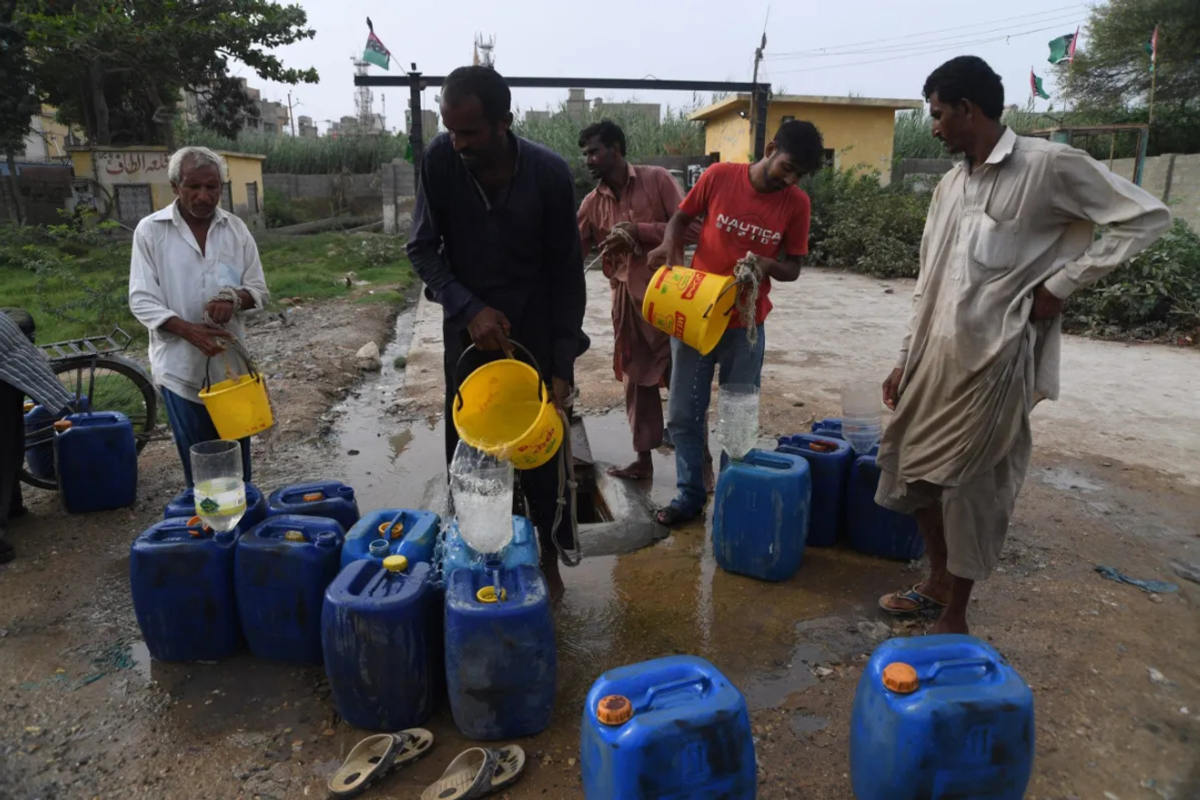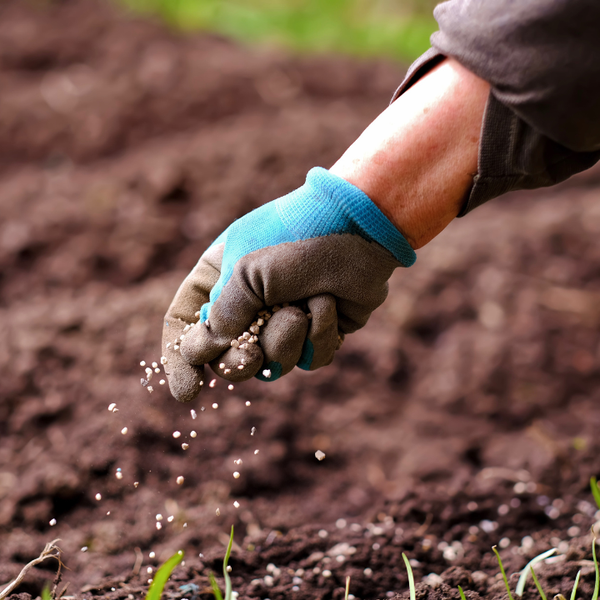Pakistan faces dire water crisis as dams reach dead levels
Provinces brace for 40% water reductions amid drought, threatening agriculture yields
Business Desk
The Business Desk tracks economic trends, market movements, and business developments, offering analysis of both local and global financial news.

Provinces brace for 40% water reductions amid drought, threatening agriculture yields
AFP/File
Pakistan is grappling with a critical water shortage as all dams across the country have reached dead levels, posing severe challenges for the upcoming irrigation season.
According to the Indus River System Authority (IRSA), water for irrigation will not be available, with provinces expected to face reductions in water supply by 35% to 40% during the Kharif season. Similar reductions were experienced during the Rabi season.
IRSA sources said water distribution will depend on the inflow of rivers, which remains uncertain due to this year's below-average rainfall. Rainfall during this period was 62% below expectations, exacerbating the country's water shortage crisis.
The Meteorological Department earlier issued a drought alert, highlighting the persistence of drought conditions in Sindh, southern Balochistan, and the lower eastern plains of Punjab.
Sindh, in particular, has suffered the most significant rainfall deficit, recording 62% below average precipitation.
While recent rains have alleviated drought conditions in central and upper regions of the country, the Meteorological Department confirmed that Sindh, southern Balochistan, and lower eastern Punjab remain severely affected.
Rainfall Deficit: September 2024–March 2025
Overall, rainfall in Pakistan from September 1, 2024, to March 21, 2025, was 40% below average, with Sindh recording the largest deficit at 62%, followed by Balochistan at 52%, Punjab at 38%, Khyber Pakhtunkhwa at 35%, Azad Jammu and Kashmir at 29%, and Gilgit-Baltistan at 2%.
The water crisis has reached alarming levels in major reservoirs such as Tarbela and Mangla dams, with water flow in rivers across the country at extremely low levels.
Some southern regions have gone over 200 days without rainfall. Meteorologists predict that rainfall next month will remain below average, and rising temperatures will heighten the risk of prolonged drought conditions.
The drought and water shortage are expected to impact Pakistan's agricultural sector, with wheat and cotton — two of the nation's five major crops — already projected to perform poorly in fiscal year 2025.
Wheat production is anticipated to reach only 27.9 million metric tons, raising concerns about domestic supply shortages and higher flour prices.
The poor performance of key crops like wheat and cotton is expected to hurt Pakistan's economic recovery in FY25.
This could increase economic challenges and require importing more wheat and cotton, which would put additional pressure on the country's foreign exchange reserves.
River inflows and outflows, barrages, and reservoirs
The following are the water inflow and outflow details across key rivers, barrages, and reservoirs as of today:
- Rivers: Indus at Tarbela: 16,300 cusecs inflow, 15,900 cusecs outflow Kabul at Nowshera: 10,200 cusecs inflow and outflow Khairabad Bridge: 16,900 cusecs inflow and outflow Jhelum at Mangla: 17,800 cusecs inflow, 16,500 cusecs outflow Chenab at Marala: 7,400 cusecs inflow, 1,100 cusecs outflow
- Barrages: Jinnah: 23,900 cusecs inflow, 20,900 cusecs outflow Chashma: 22,500 cusecs inflow, 18,500 cusecs outflow Taunsa: 21,800 cusecs inflow, 21,300 cusecs outflow Guddu: 22,000 cusecs inflow, 18,600 cusecs outflow Sukkur: 17,300 cusecs inflow, 6,200 cusecs outflow Kotri: 5,200 cusecs inflow, 200 cusecs outflow Trimmu: 9,900 cusecs inflow, 3,800 cusecs outflow Panjnad: 2,200 cusecs inflow, no outflow
- Reservoir levels: Tarbela: Present level at 1,402 feet; live storage 0.000 MAF Mangla: Present level at 1,070 feet; live storage 0.108 MAF Chashma: Present level at 638.15 feet; live storage 0.000 MAF










Comments
See what people are discussing